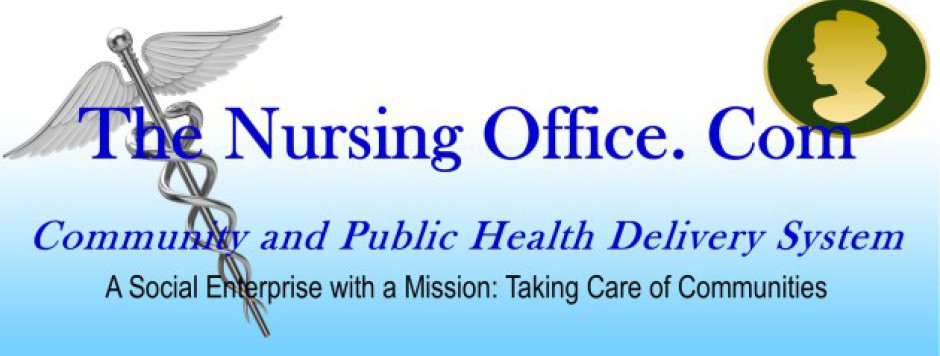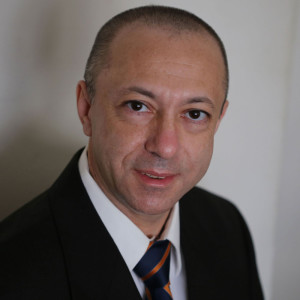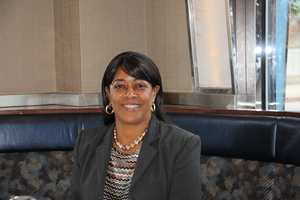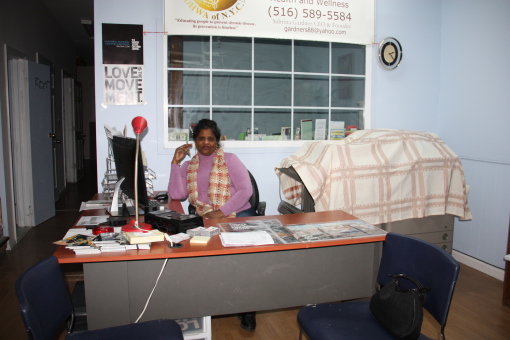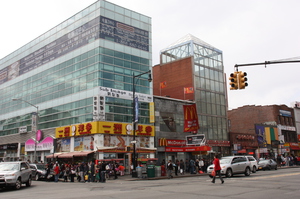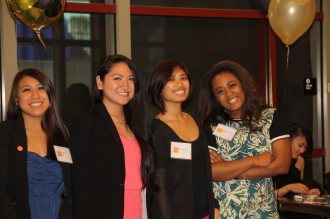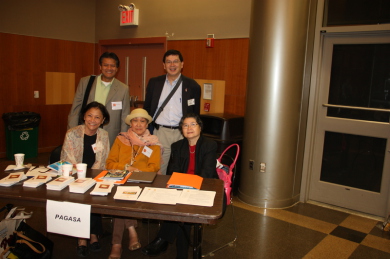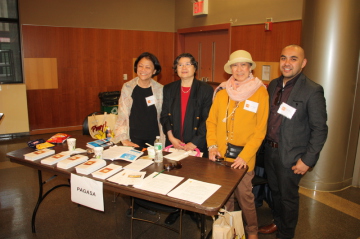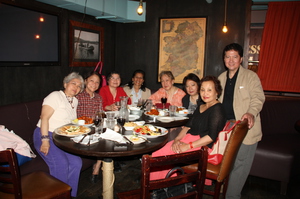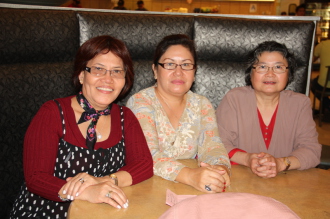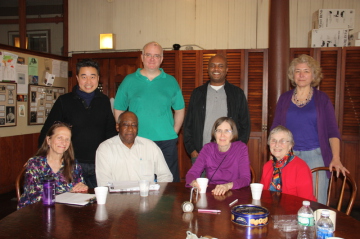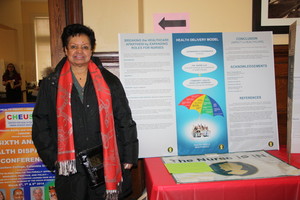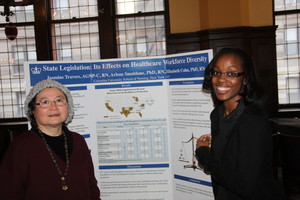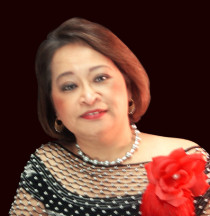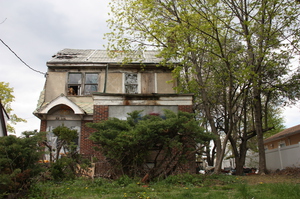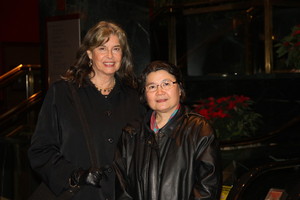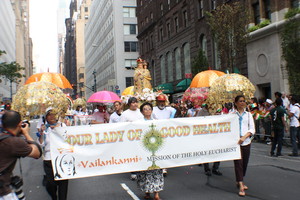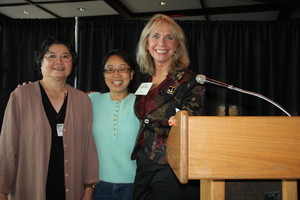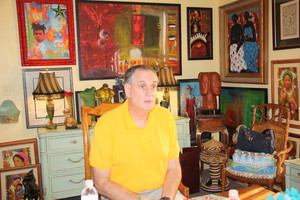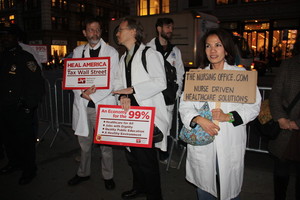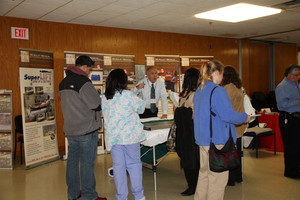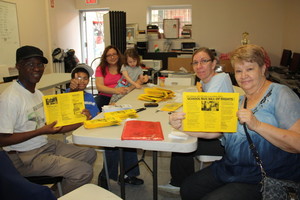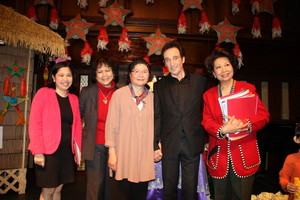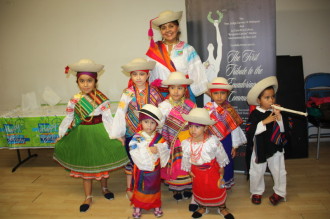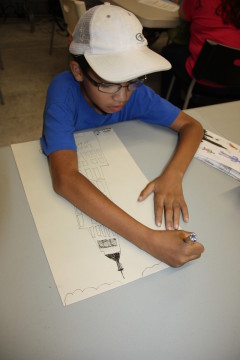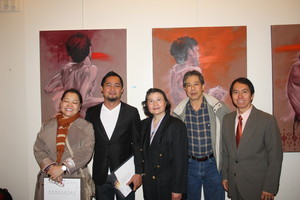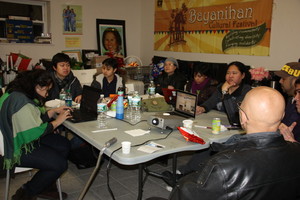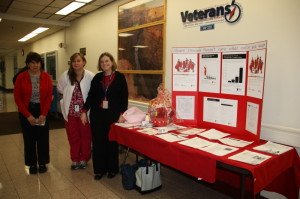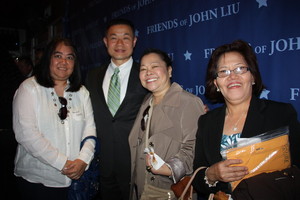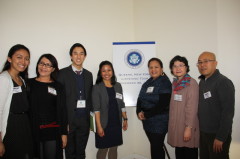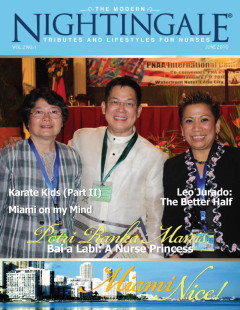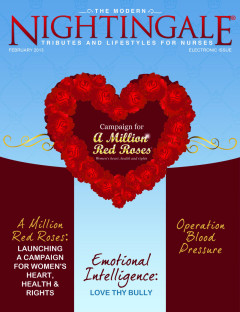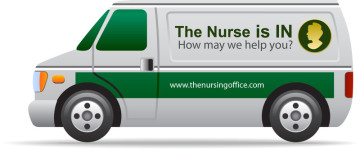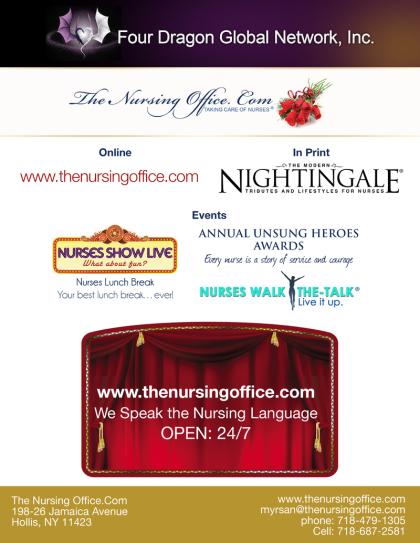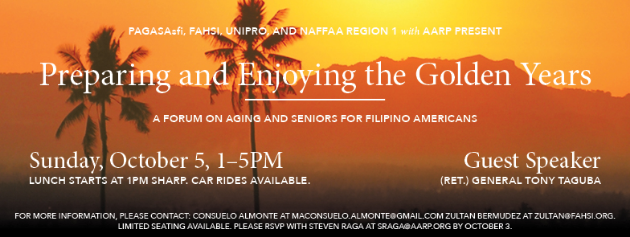Preparing & Enjoying the Golden Years
SERVICES for AGING IMMIGRANTS
VISION-MISSION:
Aging seniors or Elderly Immigrants who are educated and trained
To advocate for their rights to:
1. Culturally sensitive & competent Health-care services or therapies
2. Fair housing practices
3. Technological literacy
4. Financial independence
who are nurtured and honed in Senior-friendly spaces/environments with family, friends, and the general community of Richmond Hill and its surrounding neighborhoods.
Aging Seniors or Elderly Immigrants empowered to support other Immigrant Seniors in the community with similar situations, issues or challenges in their pursuit of optimum health and well-being as well as meaning and purpose in life.
GOALS:
To reach out to invisible Aging Seniors or Elderly Immigrants living in our community who are seriously challenged by chronic illness, loneliness, isolation/separation from close family, and lack of information on access to government benefits, by addressing unmet needs and encouraging active participation in TNO Community Center's community activities for the Richmond Hill neighborhoods.
To provide Space for Intergenerational Dialogue where Elderly Immigrants and Younger Immigrants interact, recall, and document their family and social histories living in Queens, New York.
To encourage Seniors to expand their range of choices & strengthen support networks that help them address their health, housing, psycho-social, financial, or legal/immigration issues (See www.thenursingoffice.com).
PROGRAM OBJECTIVES
I. Case Management Program
A. Establish Case Management Protocol for technical, legal, financial, health, housing, etc., challenges of Aging Senior citizens and Elderly Immigrants, regardless of race, gender, color, religion, or ethnicity.
B. Draw up Support network, contacts, resource, & point person to meet the specific challenge of the aging Senior citizen and/or Elderly Immigrant.
C. Implement Plan of action to address urgent and/or pending issue of Elderly Immigrants and secure a Safe Space to protect confidentiality.
D. Execute timely, appropriate Documentation (paper, electronic, etc.) and Reference files on each Immigrant Senior’s case.
E. Resolve urgent issues with the least harm, at the least cost to the aging Senior citizen and/or Elderly Immigrant person.
II. Intergenerational Dialogue Program
F. Connect with Younger Immigrant groups to write, document via various media, their dialogue on family & social histories, by mentoring the youth and/or learning from them how life challenges were overcome.
III. Education, Training, and Advocacy Program
G. Conduct Education/literacy, Work Skills-training, and Advocacy-training classes necessary to upgrade aging Seniors’ learning & awareness on self- care, health care services, fair housing, financial and legal issues, such as, living will, estate planning, property management, pensions & benefits, such as Medicare/Medicaid, social security, taxes & retirement issues (both here or abroad).
H. Conduct and hold affordable Classes in Health Care-Giving in order to develop basic skills in self-care and home care-giving among the Elderly Immigrants and their family members.
I. Connect with Diabetes Health & Wellness Academy for healthy nutrition and diabetes prevention classes.
IV. Employment Referral & Placement Program
J. Connect skilled, trained, and experienced Home Care-Givers with health care agencies that provide FT or PT employment for willing, able, and healthy Elderly Immigrant Seniors.
V. Extended Arts Program
K. Provide spaces for Creative, Interactive, and Socializing activities that are Senior and Elderly Immigrant-friendly in the Community Center.
L. Conduct Visual arts, Performing arts, or Literary arts Workshops for elderly and aging Seniors as well as younger family members, to encourage individual and group collaborations that nourish and enhance their artistic/literary expressions and skills.
M. Connect with neighboring Senior centers (i.e., Hillcrest Senior Center, Alpha Phi Alpha Senior Center, Jamaica Library, etc.), arts and culture centers, and schools to collaborate on art/cultural exhibits and other activities, such as, Once Upon a Time, Inc. at 87-61 111th St., Richmond Hill, NY 11418; PS 90 Horace Mann School: Boys and Girls Club, Sikh Cultural Society, etc.
VI. Health and Wellness Program
To promote Non-conventional Modalities of Healing and Wellness for Individuals, Children, and their Families and Care-givers.
To provide a Sanctuary (or Safe Space) for Non-conventional Healing Modalities for Practitioners, Clients, Families, and Caregivers.
To utilize Native American, Asian, African, and/or Middle Eastern traditions in Circle Stages, Ethnic Food, Music, Dancing, and Storytelling as Healing Formats and/or Environments.
To allow the Creative Modes of Non-conventional Traditional Healing and Self-care to Flourish and Prosper for the General Wellness of the Community.
To connect and/or integrate non-conventional modes of healing & wellness with institutional health facilities open to collaborating with alternative medicine and innovative, nurse-driven healthcare solutions.
Non-conventional Healing (def.): Any or all healing modalities that flow with or use natural energies or elements not dependent on pharmaceutical or artificial chemical drugs; any modality that ensures health & wellness beyond codependency on drugs.
PROGRAMS &/OR ACTIVITIES
1. CIRCLE OF HEALING (STAGES)
Getting Acquainted, Building Relationships, Addressing Issues, and
Taking Action
2. STORY-TELLING
Introduction, Incident, Impact, Reflection
3. FOOD AS MEDICINE
Proper Choices, Preparation, Cooking, Enjoyment
4. MOVEMENT AS HEALTH
Qi Gong, Yoga, Tai Chi Exercises, Rhythmic Dancing
5. STILLNESS MEDITATION
Qi Gong, Healing Sounds, Breathing Techniques, Focused Prayer
6. HOLISTIC HEALING
Naturopathy, Homeopathy, Ayurveda
7. THE NURSE IS IN: Health Screening, Education, & Outreach
Nutrition & Organic, Natural Foods Education
Ludy Resurreccion
Program Director
2015
P.E.T.A. PAGASA Education Training & Advocacy, 2014
Slogan: “Lakasan Ang Loob …Ibangon Ang Sarili”
(A Program of PAGASA & The Nursing Office COMMUNITY CENTER)
VISION-MISSION:
Filipino-American Seniors educated and trained to advocate for their rights to culturally sensitive & competent health-care services or therapies; to fair housing practices; to technological literacy; to financial independence --- nurtured and honed in Senior-friendly spaces/environments with family, friends, and the general community.
Filipino-American Seniors empowered to support other Seniors in the general community with similar situations or challenges, in their pursuit of happiness and true meaning or purpose in life.
GOALS:
To reach out to Invisible Seniors living in our community who are seriously challenged by loneliness, isolation, and helplessness, through the activities at the PAGASA & The Nursing Office Community Center, and participation in larger community activities.
To encourage Seniors to expand their range of choices & strengthen support networks that help them address their health, housing, psycho-social, financial, or legal issues (See www.pagasasfi.com; www.thenursingoffice.com).
OBJECTIVES
- Establish Case Management Protocol for technical, legal, financial, health, housing, etc., challenges of Senior citizens, regardless of race, gender, color, or ethnicity.
- Draw up Support network, contacts, resource, & point person to meet the specific challenge of the Senior citizen.
- Implement Plan of action to address urgent and/or pending issue of the Senior person and secure a Safe Space to protect confidentiality.
- Execute timely, appropriate Documentation (paper, electronic, etc.) and Reference files on each Senior’s case.
- Resolve urgent issues with the least harm, at the least cost to the Senior citizen.
- Conduct education, skills-training, and advocacy-training classes necessary to upgrade Seniors’ learning & awareness on self-care, health care services, fair housing, financial and legal issues, such as, living will, estate planning, property management, pensions & benefits, social security, taxes & retirement (both here or abroad).
Ludy Resurreccion
Program Director
2015
PREPARING & ENJOYING THE GOLDEN YEARS:
Navigating the Caregiver’s Maze
Abstract: What is Home Care Giving?
As the cost of healthcare soar to its highest, the solution has gone to the basics, using strategies and resources that are almost readily available to individuals and families. Healthcare takes on the first line of defense for affordable care: The Home Caregivers. A home caregiver is an unpaid or paid person who helps another individual with impairment with his or her basic needs of maintaining activities of daily living at home. This first level of care is based on the philosophy that care giving is a natural instinct if not an innate human characteristic enabling a person to take care of himself and or others. It is also very important to note that the home is the most natural place to be taken cared of.
With an increasingly aging population in all developed societies, the role of caregiver has been increasingly recognized as an important one, both functionally and economically. Care giving is most commonly used to address impairments related to old age, disability, a disease, or a mental disorder that are essentially chronic in nature. Any person with health impairment might use care giving services to address their difficulties. Based on love and caring, equipped with basic instinct of survival and self preservation, Home Care-Giving in essence is improving the lives of older adults and supporting their families by lightening their load of caring for loved ones and assisting them in providing safe, competent, friendly, culturally appropriate and comfortable services.
Rationale & Background:
According to an article in The Wall Street Journal on the difficulties of aging, an AARPstudy found that 88% of people 65 and older wanted to stay in their current home as long as possible (AARP Bulletin/Real Possibilities, p. 46, November 2015).
Healthcare Economics:
The amount of care giving which is done as unpaid work exceeds the amount done as work for hire. In the United States, for example, a 1997 study estimated the labor value of unpaid care giving at US$196 billion, while the formal home health care work sector generated US$32 billion and nursing home care generated US$83 billion. The implication is that since so much personal investment is made in this sector, social programs to increase the efficiency and efficacy of caregivers would bring great benefit to society if they were easy to access and use.
GETTTING HELP/CASE FINDING
Your Guide to Medicare/Medicaid
Long Term Care
How it Works: By Continental Home Care
AARP/PAGASA/The Nursing Office
Lectures/Forums
- Creating your Perfect Nursing Home
- When to say NO more/Giving it up with Grace (End of Life)
- The Great Surrender (End of Life)
- Yes, you need help! (We can help)
Partnerships/Collaboration & Resources
AARP
